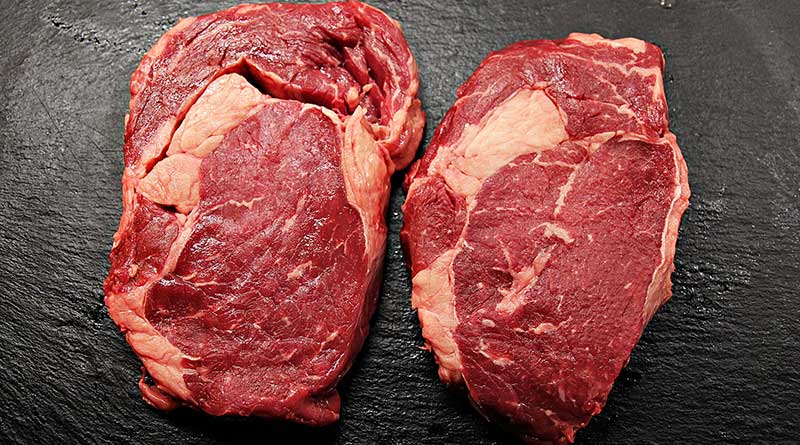Meat guidelines – the evidence

Introduction
Last week’s note was all about the dietary guidelines for dairy products being wrong. On the same day that it was published, the New York Times reported that the advice to eat less meat has been wrong all along: “Eat Less Red Meat, Scientists Said. Now Some Believe That Was Bad Advice” (Ref 2). The story made headlines worldwide (Ref 3).
The headlines came from six papers, which were published in the Annals of Internal Medicine. The papers were written by a collaboration of several international authors. A panel of 14 members from 7 countries voted on the final recommendations. Strict criteria limited the conflicts of interest among panel members (although this was soon questioned by the media (Ref 4)). The recommendations were developed using the NutriRECS process, which included rigorous systematic review methodology and GRADE methods to rate the certainty of evidence and to develop recommendations from that evidence (Ref 5).
The first paper “Unprocessed red meat and processed meat consumption: dietary guideline recommendations” reported that the papers were focused on meat and nutrition – considerations of environmental impact or animal welfare did not influence the recommendations (Ref 6).
The summary recommendations were: “The panel suggests that adults continue current unprocessed red meat consumption (weak recommendation, low-certainty evidence). Similarly, the panel suggests adults continue current processed meat consumption (weak recommendation, low-certainty evidence).” i.e. no change was recommended from current intake, but the evidence for any recommendations was weak.

